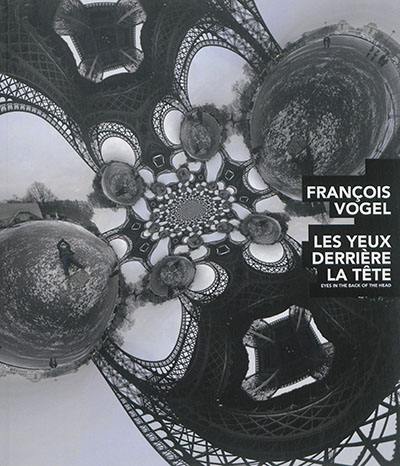
Paru le 16/01/2015 | Broché 163 pages
Tout public
traduction Justin Hillier | préface Dominique Roland, avant-propos Jean-Michel Galley
Les yeux derrière la tête
Quand je marche dans la rue et que je regarde devant moi, je perçois la présence de mes pieds dans mon champ de vision, je ne les regarde pas vraiment mais je les vois qui entrent et qui sortent de ma sphère visuelle, au rythme de la marche. Pourtant, si je devais dessiner ce que je vois, je ne penserais pas mettre mes pieds dans le dessin.
Et après tout pourquoi pas ? Quelle est la limite entre ce qui rentre dans une image et ce qui en sort ? Si nous avons des yeux qui englobent, et le ciel, et nos pieds, alors pourquoi ne pas élargir davantage notre regard... aller plus loin à gauche, à droite, en haut, en bas ? Après mes pieds, je pourrais bien me pencher en avant, la tête en bas, et alors je verrais le monde à l'envers. De même, en tournant la tête vers le ciel, après le zénith, je pourrais faire le pont et regarder l'horizon qui est derrière moi. Puis, en collant tous ces morceaux de vision, je pourrais obtenir une projection omnidirectionnelle de l'espace autour de moi et même la boucler en un motif infini.
« Les yeux derrière la tête » est une invitation à cette gymnastique du regard que l'on retrouve aussi dans les reflets des cuillers, des boules de Noël ou des robinets. Ces petits objets concentrent dans leur reflet un univers miniature. On s'y voit en tout petit et on voit aussi tout se qui se cache derrière soi. Ils sont comme de petits miroirs de sorcières qui nous donnent le pouvoir magique d'englober tout l'espace en un regard. »
Eyes in the back of the head
When I walk down the street and look in front of me, with a little bit of concentration I can just about make out my feet in my field of vision ; l'm not looking at them, per se, but I can see them moving in and out of my visual sphere with each step I take. And yet, if I were to draw what I see, it wouldn't cross my mind to include my feet in the picture.
But why not ? Where is the fine line between what goes into an image and what is left out ? If we have eyes that encompass both the sky above and our feet below, then why don't we extend the scope of our vision - look further left, right, up and down ? After looking at my feet, I might decide to lean forward and put my head between my knees so that I could look at the world upside down. Or when looking up at the sky, I could push even farther backward, arching my back to see the horizon behind me. Then, by piecing all these snapshots together, I could create an omnidirectional film of the space ail around me and even play it on a loop forever.
The exhibition Eyes in the back of the head is an invitation to explore these visual gymnastics, which we can also find in the reflection on a spoon, a Christmas bauble or a bath tap. These small objects hold a miniscule universe in their reflection. We see ourselves in miniature, and we see everything hidden behind us. They are like tiny eccentric mirrors that bestow upon us the magic powers to see the complete space around us in a single glance.